I was recently in New York to see my youngest sister Lindsay’s Master of Fine Arts thesis show. New York and I haven’t always gotten along—I once had a panic attack shopping on Fifth Avenue in December. So this time around, I was determined to find my happy place in the city with which I just haven’t yet made friends.
I can, of course, appreciate the city’s museums, innumerable restaurants, Broadway Shows and Central Park, but the book scene is where it’s at for me. When I’m in Minneapolis, I can’t leave town without visiting Wild Rumpus or Red Balloon Bookshop; when I’m in Denver, my first stop is The Bookies, and I’m excitedly planning my first trips to the Book Bar and Second Star to the Right, both in the Mile High city, later this summer.
So I set out in search of New York’s finest children’s bookstores, a la Meg Ryan’s The Shop Around the Corner —a place with plenty of shelf space to display recommended titles and a knowledgeable staff, eager to talk shop.
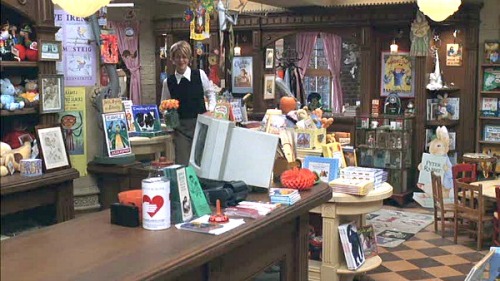
And, boy, did I find it in Books of Wonder! I walked into the store late on a Friday afternoon—the weather outside was dreary, gray and cold—and was greeted by a warm, glowing space, filled with golden, oak shelves chock full of thoughtfully and tidily arranged books. Is there anything more beautiful?
Not until later did I learn that this very bookstore was, indeed, the inspiration for the corner bookstore in “You’ve Got Mail.” The director, Nora Ephron, was a longtime Books of Wonder customer, and she sent her set designers to study every detail of the store in order to recreate it as closely as possible on a sound stage. Meg Ryan even spent a day working at Books of Wonder to prepare for her role, and staff members helped arrange books on the film set.
I spent nearly 2 ½ hours in this cozy utopia of children’s books, perusing virtually every title on the shelves from board books to young adults. The store was blissfully free of the junk that clogs the shelves at big box stores back in Iowa—no Disney characters or books based on TV shows and movies, no stuffed animals or toys or games that I recall. Just the best in children’s literature, including everything from the great authors of the past to today’s big hitters and everyone in between. It’s the perfect place to take a child and turn her loose—there isn’t a title she could pick that wouldn’t be up to snuff.
Not only did they have “all the books,” they had stacks of books signed by my favorite authors and illustrators at no mark-up. (Signed additions can also be purchased or pre-ordered on their website here; currently available are “Dragons Love Tacos 2: The Sequel” by Adam Rubin and Daniel Salmieri and “The Three Billy Goats Gruff” by Caldecott Medalist Jerry Pinkney). Of course, it probably doesn’t hurt that seemingly half of today’s successful authors and illustrators only live a subway ride away in Brooklyn, no joke: Peter Brown, Sophie Blackall and Sergio Ruzzier, to name a few. They might as well form an artists’ commune.
I came away with a signed copy of “The Castle in the Mist” by Amy Ephron for my 9 year old, Eloise, who loves magical fantasy. It’s been described as a combination of “The Secret Garden” and “From the Mixed-Up Files of Mrs. Basil E. Frankweiler,” both revered classics.
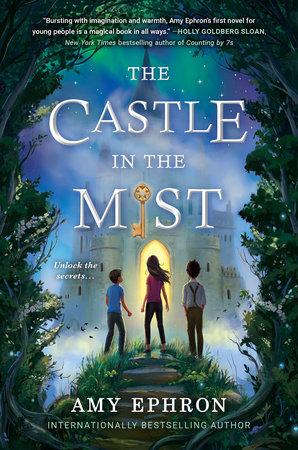
For my almost-8 year old Charlotte, I selected a signed copy of “The Princess Test” by Gail Carson Levine, who also wrote “Ella Enchanted.” The book is a reimagining of “The Princess and the Pea” (my favorite fairy tale) with a very particular (read: spoiled) blacksmith’s daughter standing in as the heroine. For those who know my Charlotte, I think you’d agree she might have a bit in common with this aspiring princess.
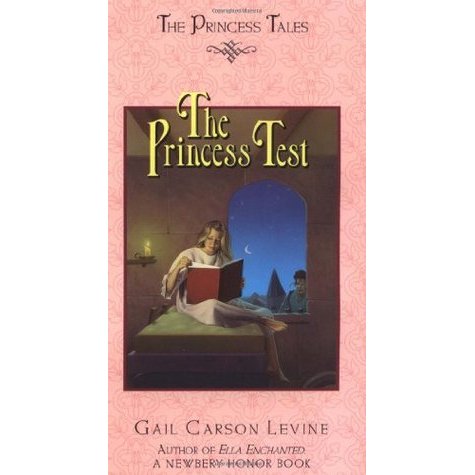
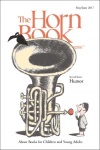 While these signed editions impressed the big girls, I was most excited about my find for 3-year-old Flora. I’ve subscribed to the Horn Book Magazine for years, and this publication is pretty much the authority on anything and everything happening in the children’s book world. So it’s rare a new release escapes my eye and surprises me when it shows up on a bookshelf unanticipated.
While these signed editions impressed the big girls, I was most excited about my find for 3-year-old Flora. I’ve subscribed to the Horn Book Magazine for years, and this publication is pretty much the authority on anything and everything happening in the children’s book world. So it’s rare a new release escapes my eye and surprises me when it shows up on a bookshelf unanticipated.
However, that’s just what happened with “Tales for the Perfect Child,” a book originally published by author Florence Parry Heide in 1985 but re-released with updated illustrations by Sergio Ruzzier in March of this year.
Heide, who died in 2011, was best known for storytelling that encouraged the mischief in children and reflected their vexation with the adults in their lives. “Tales for the Perfect Child” was certainly written in that vein. It contains eight short stories about children who subtly outwit their parents’ best efforts to make demands of them.
There’s Arthur, who doesn’t want to put on dress clothes to go see Aunt Eunice with his mother; he’d rather stay home in his old clothes and watch his favorite television program. But Arthur doesn’t argue with his mother. Instead, he gets dressed up, heads to the fridge to pour himself a big glass of grape juice and, whoops, most of it gets all over his nice dress clothes. Seeing as he’s no longer presentable, Arthur’s mother leaves her messy child at home, and Arthur gets to watch his favorite program, just like he wanted.
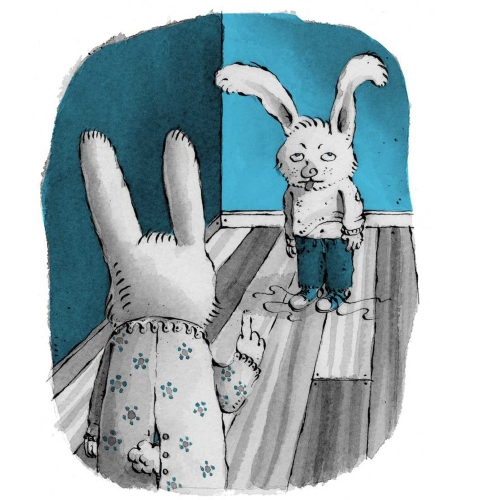
Harry is a child after my own heart. Harry can’t have ice cream until he finishes his carrots, so he waits until his mother leaves the room and puts all of the carrots in “a small plastic bag he kept in his pocket for special times.” When his mother returns, he is commended and gets his ice cream. As a child, I didn’t have any secret bags in my pockets, but I did make mid-dinner trips to the bathroom with my cheeks stuffed with peas like a hamster and into the toilet they went. To quote Heide: “There’s always a way to get out of eating something yucky.”
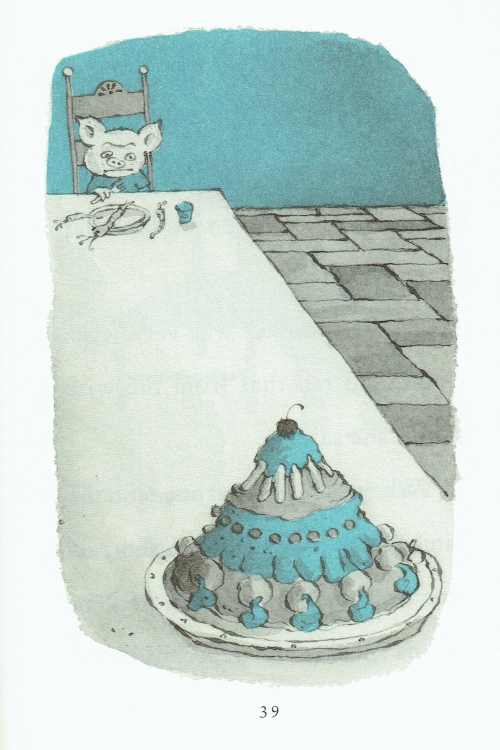
And I’d be remised if I didn’t mention Harriet, whose special brand of skills will unfortunately be all too familiar to the adult reader (it’s certainly the environment in which I prepare dinner every night):
“Harriet was a very good whiner. She practiced and practiced, and so of course she got better and better at it. Practice makes perfect.”
Harriet wants a piece of pie before dinner, but her mother tells her guests are coming and the pie will be served after the roast beef. Harriet continues to whine and her mother continues to tell her “no” while attempting to finish cooking dinner. But because “a good whiner sticks to one subject” and “a good whiner never gives up” and “good whiners make it very hard for anyone to think of anything else,” Harriet’s mother burns the gravy and hands over the slice of pie to shut Harriet up.
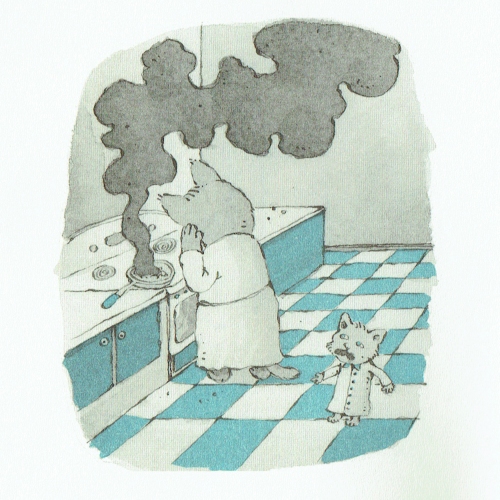
I think there’s something therapeutic for kids in reading stories about children who get the upper hand. The greatest battles between parents and children in our family are in determining who gets to decide what the child wears, what they eat, when they have to help and when they get to play. Our children can live vicariously through Heide’s characters, who all seem to have control over getting and doing what they want.
Heide’s wit and insight on the child’s mind are genius, but Sergio Ruzzier’s illustrations are just as brilliant.
As I mentioned earlier, Ruzzier lives in Brooklyn, but he’s Italian by birth. When he first moved to New York in 1995 to gain a foothold in the picture book world, he was disregarded and told his work was too “European.” It’s undeniable that Ruzzier’s work is unique—pen and ink with soft, chalky watercolors; quirky little animal characters, many with distinctive elongated noses.
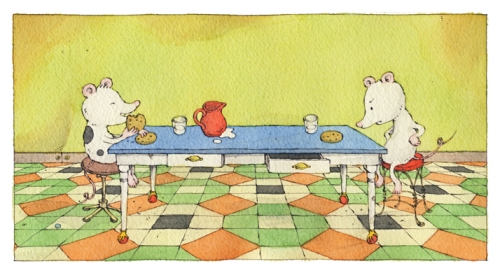
From “Two Mice” by Sergio Ruzzier
Ruzzier’s work is unmistakable and ALWAYS fabulous, which is how I knew I had my hands on something special when I pulled “Tales for the Perfect Child” off the shelf at Books of Wonder and caught sight of his cover illustration.

For Heide’s book, Ruzzier has limited himself to pen and ink with light and dark shades of turquoise. He’s drawn Heide’s mischievous children as mice, rabbits, ducks, pigs, puppies, cats and even bugs; and while Ruzzier has chosen animals, his ability to create humor and attitude in those little figures reminds me of Maurice Sendak’s children in books like “A Hole is to Dig” and “Chicken Soup with Rice.”
He shows us Ruby obediently “watching” her younger brother Clyde, but he makes it clear by her unconcerned expression that’s she’s doing nothing more than watching as Clyde wreaks havoc throughout the house.
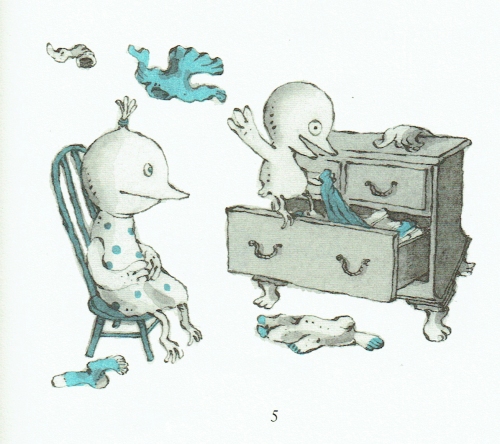
And Arthur’s accident with the grape juice that destroyed his nice suit and tie? Not so much an accident.

And that Harriet? When in full-whine mode, she’s a disagreeable, nasty-looking child, but once she gets what she wants, how innocent and adorable she appears.
If you end up loving this book as much as I do, get excited because Ruzzier also has created new illustrations for “Fables You Shouldn’t Pay Any Attention To,” another Heide classic about a set of children who are careless, discontented and lazy. The book will be rereleased on July 25th.
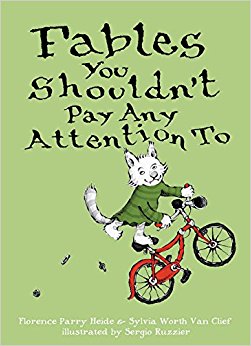
And if you’re ever in NYC, be sure to indulge at Books of Wonder. They often have stunning window displays created by well-known children’s book illustrators.
Also, watch for a post to come about another fabulous children’s bookstore I was able to visit.









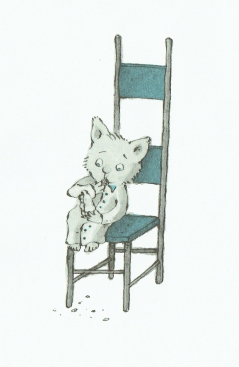


Leave a comment